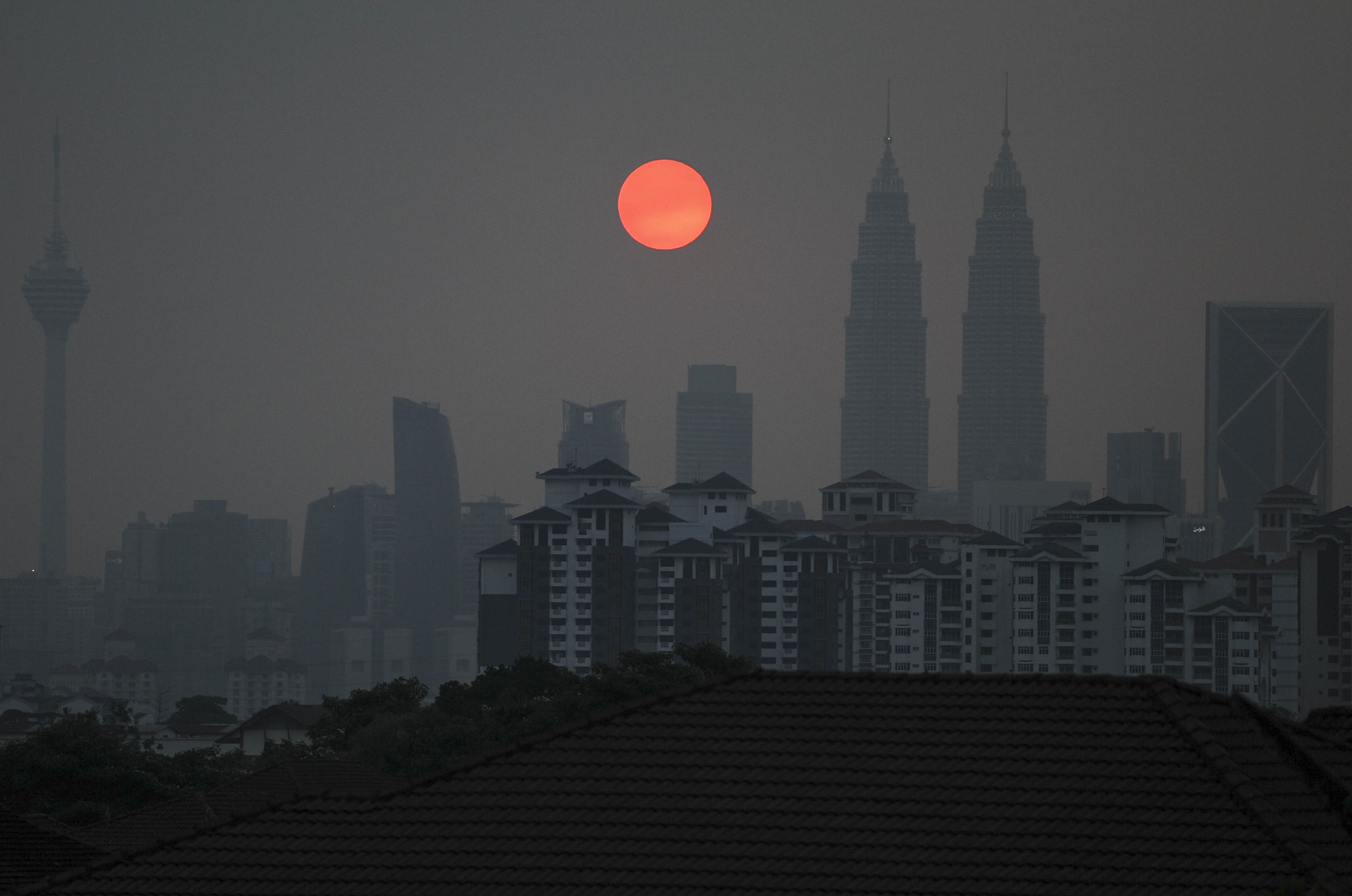When Donald Trump was elected US president a year ago, some said the end of the Paris climate agreement was nigh. Yet, as the latest round of global climate talks in Bonn, Germany, has shown, the world’s political leaders are more committed to the deal than ever. This is good news, but the fact remains that countries’ commitments do not yet add up to enough to turn the tide – and our window of opportunity to act effectively on climate change is rapidly closing.
Trump’s decision to withdraw the United States – the world’s largest historical carbon dioxide emitter – from the Paris agreement dealt the accord a major blow. Many of America’s closest allies – including both of our countries, the Marshall Islands and Australia – were deeply disappointed by the move, which was shortsighted, for both America and the world.
But it is hard not to take heart from the fresh wave of global resolve Trump’s decision has unleashed, both globally and within the US itself. Almost every major US state, city, and company has now pledged to do more to ensure that their country can meet its commitments, despite the Trump administration’s opposition.
The fact that climate action is now the worlds’ biggest economic opportunity has certainly helped. According to the Trump administration’s own analysis, more than twice as many Americans are now working in the solar industry than in coal, oil, and gas combined. And earlier this year, the OECD indicated that we could boost global growth by 5% per year by 2050, simply by linking the climate and growth agendas.
There is no time to waste; climate change has already arrived. This year’s record-breaking drought in the Marshall Islands, apocalyptic storms in the Caribbean, and devastating floods in Bangladesh and the US demonstrate this.
As the United Nations Environment Programme recently reminded us, even if every country hits its existing 2030 emissions-reduction targets, we will be unable to limit warming to below 1.5° Celsius above preindustrial levels – the threshold, recognised in the Paris agreement, beyond which the impact of climate change becomes far greater. Our chances even of staying within the more conservative – and dangerous – 2° Celsius limit will be slim.
To ignore this reality is to gamble with the existential future of many island countries, not to mention the prosperity of the global economy. Without a sharp rise in global ambition for emissions reductions by 2020, we will be unable to save the world’s most vulnerable countries. And if runaway climate change takes hold, no country will be immune to its effects.
Unfortunately, things will get a lot worse before they get better. That is why we must step up our efforts to boost our resilience to the climate effects we won’t be able to avoid, and address the associated security consequences.
In the meantime, we must urgently increase the ambition of our climate commitments. Fortunately, several upcoming events offer an opportunity to do just that. We need to seize that opportunity with both hands.
Next month, French President Emmanuel Macron will host a conference to mark the two-year anniversary of the Paris agreement. And next September, California Governor Jerry Brown will host his own summit to galvanise greater action by cities, companies, and other non-state actors. The biggest opportunity, however, will come in 2019, when UN Secretary-General António Guterres convenes world leaders in New York for the biggest climate gathering since the Paris talks.
We need to build an arc of ambition across these events that can, in the words of our friend Tony de Brum, the late Marshallese foreign minister and untiring climate warrior at the Paris conference, deliver a pathway to survival for the most vulnerable.
Some significant players are already going above and beyond their pledges. A number of others, including the Marshall Islands, are set to bring forward new targets by 2020, to augment their current targets, which reach only as far as 2025. Still others – including France, India, and New Zealand – have said informally that they are eager to do more.
The truth is that almost all countries have the capacity to do more, especially if the support is there and the opportunities are identified. The imperative now is to create the right political conditions both to motivate and facilitate action. As more countries signal their ability to increase the ambition of their commitments, still more will follow.
At the same time, we must ensure that every sector, as well as every country, does its fair share. This includes, for example, international shipping, which, if it were a country, would be the world’s sixth-largest emitter.
Next year’s “Talanoa Dialogue” – to be convened by Fiji, which last week became the first island state to chair UN climate talks – will help countries identify exactly how they can achieve the goals set in the Paris agreement. That dialogue, which countries should approach in good faith, must be a springboard for further action. To that end, the recent Intergovernmental Panel on Climate Change report laying out pathways for keeping the temperature rise below the 1.5°C threshold will be crucial. The science remains key.
The Paris talks proved that political success is possible, if leaders are given the right platform, if civil society mobilises behind them, and if the world acts in unison. To get the rest of the way to a sustainable future, we must apply this lesson again. The catchphrase at the Bonn conference was “further, faster, and together.” Our collective challenge is to translate a nice-sounding slogan into reality.
Hilda Heine is President of the Republic of the Marshall Islands. Kevin Rudd, the 26th prime minister of Australia, is currently President of the Asia Society Policy Institute.
Recommended stories:
